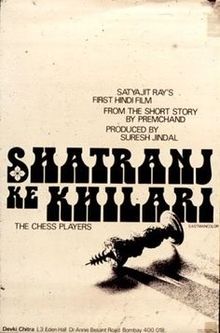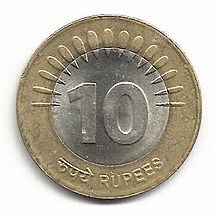
When I visit a supermarket or a large store to buy grocery, I inevitably end up buying stuff which I wouldn’t otherwise. On some days, it can be products like muffins or a chocolate bar, placed strategically near the billing counter. On other days, it can be a new flavour of ready to eat noodles.
What is happening here? Human beings look at purchasing decisions from the relative value lens. The question is, relative to what.
I buy grocery around once in three weeks. And on most occasions, I end up with a bill of around Rs 4,000-5,000. When I am buying something like a chocolate muffin which costs around Rs 100, it feels like a very small part of the overall bill. (Rs 100 is only 2 per cent of Rs 5,000). It is basically a useless unhealthy purchase, which one can easily buy at an outside bakery for Rs 30-40. But given that it feels like a very small part of the overall price, I simply go ahead and buy it.
The same stands true for the chocolate bars which supermarkets and large grocery stores tend to stock near their checkout counters. As Dan Ariely and Jeff Kreisler writes in Dollars and Sense: Money Mishaps and How to Avoid Them: “Supermarket checkout queues dare us to resist trashy tabloids and sugary sweets, using the same approach.”
This approach is also at work in hotel rooms where soft drinks which are placed inside the refrigerator in the room, are expensively priced. On a visit to Pune earlier this year, I paid around Rs 100 for a soft drink can which at that point of time was generally priced around Rs 30. My calculation was the same. The per day room rent was around Rs 5,000 and a charge of Rs 100 more wasn’t going to make a significant dent to it. Having said that, I would have never paid Rs 100 for a soft drink can, otherwise.
In fact, the same approach is at work in a restaurant, where soft drinks, water bottles and even bottles of wine, are more expensively priced. In fact, wine in a restaurant costs much more than in a wine shop.
As Ariely and Kreisler write: “It’s logical to pay more for the convenience of wine with dinner – we don’t want to take a bite, then have to run to our car to [take a ] swig… – but it’s also a tribute to relative versus absolute value.”
In all these situations we tend to find value in something, which we otherwise wouldn’t, by comparing it to the overall cost. Marketers make use of this and try to sell us things we wouldn’t have bought otherwise. This plays out almost every time one buys electrical goods like a washing machine or a refrigerator or a television or even a laptop.
The salesman on such occasions always tries to sell us something known as an extended warranty. This is a warranty over and above the one which is offered by the manufacturer of the product that we have bought. It is pretty much useless in most cases given that electrical goods these days tend to function well and rarely go bad.
But the pitch is that now that you are spending so much money, why not spend a little more and get yourself an extended warranty.
This approach is also at play when buying a car. As Ariely and Kreisler write: “Car dealers… know that when we’re spending $25,000, additional purchases, like a $200 CD changer, seem cheap, even inconsequential, in comparison. Would you ever buy a $200 CD changer? Does anyone listen to CDs anymore? No and no. But at just 0.8 per cent of the total purchase price, we hardly shrug.”
The overall point being that marketers are a devious lot and if there is a trick out there they can use to sell more, they are most likely to find it and use it. Beware!
The column originally appeared in the Bangalore Mirror on November 22, 2017.


 ‘
‘